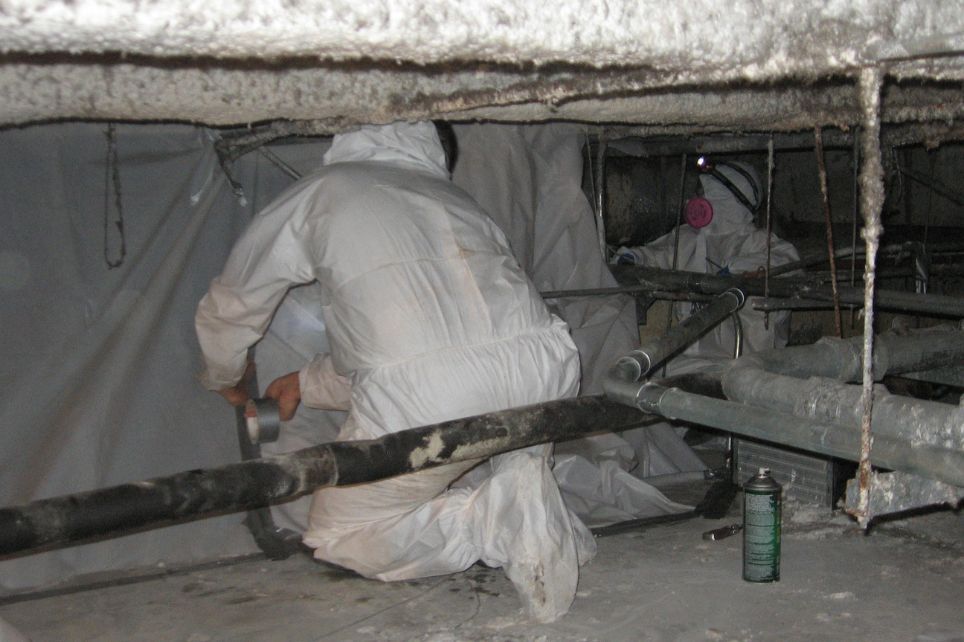What’s the difference between Mold Inspection and Testing? Mold inspection and testing are two vital processes often conflated with one another. Although both play crucial roles in identifying and addressing mold issues, they serve distinct purposes. Familiarizing yourself with the disparities between mold inspection and testing is essential in determining which service is appropriate for addressing specific mold concerns.
Difference between Mold Inspection and Testing
Mold inspection involves a thorough visual examination of a property by a certified mold inspector. The inspector scrutinizes the premises for visible mold growth, signs of moisture, and water damage. They thoroughly inspect areas prone to mold infestation, such as basements, crawl spaces, attics, and areas affected by water leaks or condensation. The inspector also checks for mold-related odors and may use specialized tools like moisture meters or thermal imaging cameras to identify hidden moisture issues. The primary objective of a mold inspection is to identify potential mold problems and provide recommendations for remediation.
One of the key benefits of mold inspection is early detection. Identifying mold growth and moisture issues promptly allows for timely intervention and prevents the further spread of mold. Mold inspection helps homeowners understand the extent of the problem, assess the risk to occupants’ health, and devise appropriate remediation strategies. It also provides valuable documentation that can be useful for insurance claims or real estate transactions. Furthermore, mold inspection contributes to maintaining a safe and healthy indoor environment by identifying potential sources of allergens or irritants.
On the other hand, mold testing entails the collection of mold samples for laboratory analysis. There are several types of mold testing, including air sampling, surface sampling, and bulk sampling. Air sampling involves collecting air samples from various locations in the property to determine the concentration of mold spores in the air. Surface sampling entails swabbing or tape-lifting samples from visible mold growth to identify specific mold species. Bulk sampling involves collecting material samples, such as pieces of drywall or insulation, for detailed analysis in the laboratory.
Mold testing provides valuable information about the types and concentrations of mold present in a property. This data aids in determining the severity of the mold problem, identifying specific allergenic or toxigenic molds, and assessing potential health risks. It helps identify hidden mold growth, even in areas not visible during a visual inspection. The results of mold testing guide the development of an effective mold remediation plan, ensuring targeted and efficient removal of mold sources.
Mold can pose various dangers to both the property and its occupants. Exposure to mold spores and mold-related toxins can lead to respiratory issues, allergies, asthma, and other health problems, particularly in individuals with pre-existing respiratory conditions or weakened immune systems. Prolonged exposure to mold can contribute to the deterioration of building materials, leading to structural damage and compromising the integrity of the property.
In conclusion, mold inspection and testing are distinct processes that serve different purposes. Mold inspection focuses on visual examination and identification of potential mold growth and moisture issues. Mold testing involves laboratory analysis of collected samples to determine the types and concentrations of mold present. By understanding the differences between mold inspection and testing, homeowners can make informed decisions and take appropriate actions to address mold concerns effectively.
Both mold inspection and testing play vital roles in maintaining a safe and healthy indoor environment. They help identify the presence of mold, assess potential health risks, guide remediation efforts, and prevent further damage. When dealing with mold issues, it is advisable to consult a certified mold professional who can conduct a comprehensive inspection, perform necessary testing, and provide expert guidance on remediation strategies.
By prioritizing mold inspection and testing, you can protect your property, safeguard the well-being of its occupants, and ensure a mold-free living environment. You can learn more about what we do regarding improving your indoor air quality and spotting mold by going to our Mold & Indoor Air Quality page.

